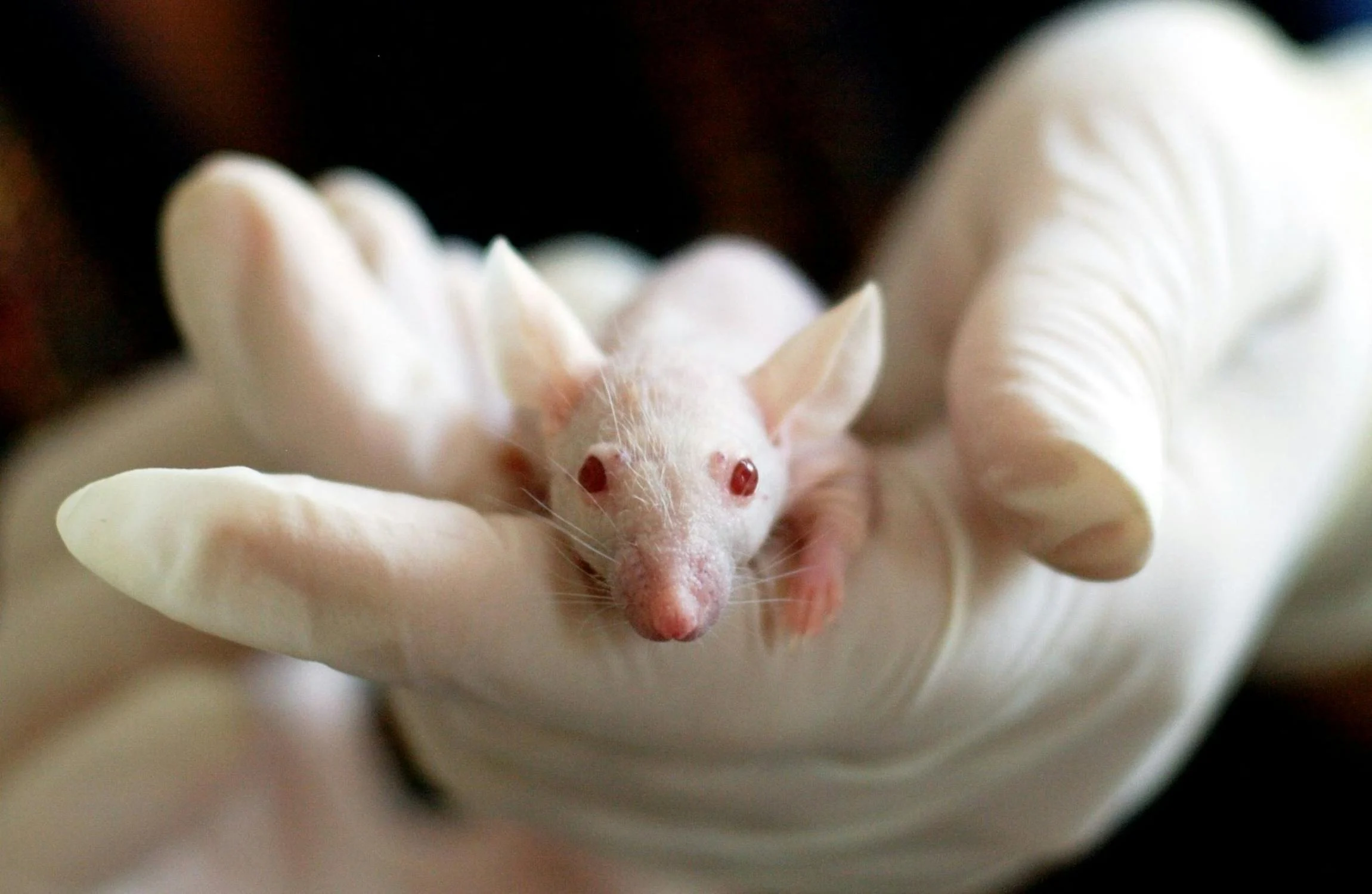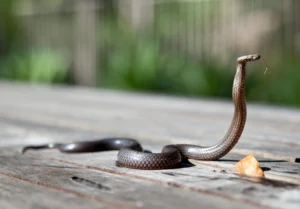Animal cells may revolutionize stem cell therapy!!

Scientists have achieved an astonishing breakthrough in genetic research by creating stem cells for mice capable of growing into a living mouse using genetic material from collar flagellates, single-celled organisms that predate animals.
This discovery redefines our understanding of the origins of stem cells and underscores the deep evolutionary connections between animals and their single-celled relatives.
The collar flagellates are single-celled relatives of animals and are among the oldest living organisms on Earth.
Dr. Alex de Mendoza from Queen Mary University said, “By successfully creating a mouse using molecular tools derived from its single-celled relatives, we are witnessing an extraordinary continuity of function over approximately a billion years of evolution.”
The study suggests that the key genes involved in the formation of stem cells may have originated long before the stem cells themselves, possibly paving the way for the multicellular life we see today.
Under the leadership of Dr. De Mendoza, in collaboration with the University of Hong Kong, the team discovered that choanoflagellates possess copies of Sox and POU genes, the main drivers of pluripotency and the ability of stem cells to differentiate into any type of cell.
It was believed that these genes evolved exclusively within animals. However, this research reveals that they existed long before the emergence of multicellular life and played roles in unicellular processes that were later repurposed for complex organisms.
During the experiments, scientists replaced the Sox2 gene in mouse cells with its Sox counterpart from the dinoflagellates. This replacement successfully reprogrammed the cells to a pluripotent state (i.e., stem cells capable of forming different types of cells), confirming the function of these ancient genes.
To test their effectiveness, the team injected the reprogrammed cells into developing mouse embryos. The resulting hybrid mice exhibited physical traits bearing characteristics from the extracted stem cells, such as black fur spots and dark eyes. This has proven that the Sox gene derived from the Chlamydomonas reinhardtii seamlessly integrated into the development of a complex organism.
The collar flagellates, often described as the closest living relatives to animals, completely lack stem cells. Instead, their copies of Sox and POU genes likely regulate basic cellular functions. These ancient roles were later seized by multicellular organisms to drive the formation of stem cells and tissue specialization, providing a fascinating glimpse into the “genetic recycling” that shaped the complexity of life.
Dr. Ralph Gutsch from the University of Hong Kong said, “Studying the ancient roots of these genetic tools allows us to innovate with a clearer vision of how to modify or enhance pluripotency mechanisms.”




